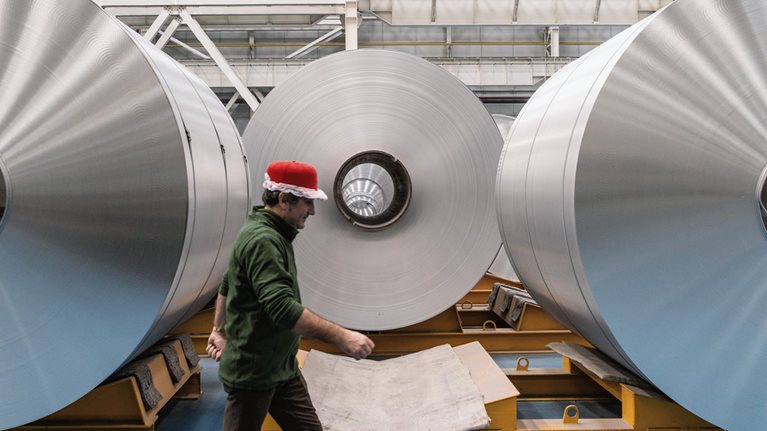As we highlight in a new report, a transition to net-zero emissions would entail an economic transformation that would affect all countries and all sectors of the economy, either directly or indirectly. This transformation comes with both opportunities and risks. Here are eight charts from recent McKinsey articles and reports that show what the net-zero transition could look like, as well as some of the challenges leaders—and the global population—could confront.
Addressing climate change requires big commitments—and funds—from countries and companies. Annual spending on low-emissions assets and the infrastructure to enable them carries a price tag of about $3.5 trillion above what is currently allocated, according to McKinsey analysis of the Network for Greening the Financial System (NGFS) Net Zero 2050 scenario.

Demand for green products and services is growing strongly in categories such as energy and materials, vehicles, food, and packaging. As the net-zero transition advances, markets for zero-emissions offerings should expand further while markets for emissions-intensive offerings shrink. We estimate that burgeoning demand for net-zero offerings could create unprecedented opportunities: 11 value pools could generate up to more than $12 trillion of annual sales by 2030.

The global power industry is making strides toward reducing greenhouse-gas emissions by switching from fossil-fuel-fired power generation to renewable-energy sources such as wind and solar. That shift comes with its own set of challenges—such as strains on existing distribution infrastructure. One solution is to use long-duration energy storage (LDES) technologies, which can store energy for prolonged periods and provide the flexibility to manage fluctuations in supply and demand. A McKinsey analysis found that LDES could deploy up to 2.5 terawatts of power capacity by 2040: a 15-fold increase from current energy storage capacity.

While the rate of electric-vehicle (EV) adoption has varied across the globe, depending on regional regulatory pressure and consumer interest, a transformation is well under way. China, the European Union, and the United States, for example, could end new internal-combustion-engine sales and shift fully to EVs by 2035. Analysis suggests that EVs need to make up 75 percent of all passenger car sales within the next decade to help achieve net-zero emissions.

Low-carbon products, including steel, recycled aluminum, recycled plastic, and batteries, could all be headed for supply shortages in Europe as demand for greener materials continues to grow. While supply shortfalls ought to ease as more production capacity comes online, companies that haven’t already locked in supplies of low-emissions resources could face rising price premiums. Those businesses will have to choose between paying higher prices to meet climate pledges and satisfy customer demand or risk breaking their promises.

Real-estate portfolios could face risks during a net-zero transition. Physical risks might be due to buildings being exposed to storms, floods, fires, and extreme heat. Other potential risks include assets with a high carbon footprint. Real-estate owners and investors can assess the impacts of such risks on the equity value of assets, factoring in potential gain (an office exposed to local economic growth given a concentration of cleantech industries, for example) or loss (an apartment that’s projected to experience increases in frequency and severity of flooding).

A reallocation of labor across the economy could result from the net-zero transition. About 200 million direct and indirect jobs could be gained and 185 million could be lost by 2050, according to our analysis of the NGFS Net Zero 2050 scenario. In this scenario, job gains would be largely associated with the transition to low-emissions forms of production, for example, to renewable power, while losses would particularly affect workers in fossil-fuel-intensive or other emissions-intensive sectors.

The effects of climate change could affect the global population unevenly. In a 2.0°C warming scenario, more than half the world’s total population could be exposed to at least one climate hazard, according to McKinsey analysis. These hazards include heat stress, agricultural drought, flooding, and urban water stress. In the United States alone, 160 million people—almost 40 percent of the population—could be affected.

To get a roundup of charts delivered weekly to your inbox, sign up for The Week in Charts newsletter at McKinsey.com/subscriptions.


